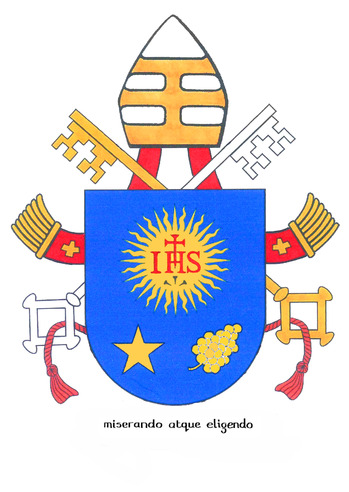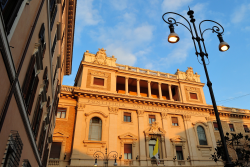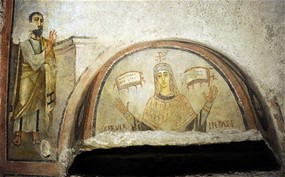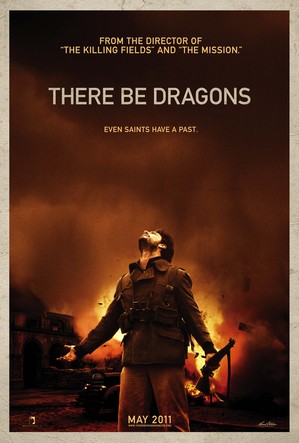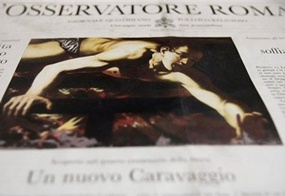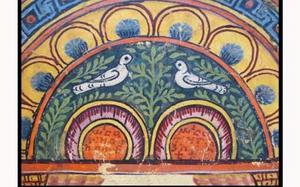I am always looking for the way heaven touches earth. Perhaps you are, too. The image that comes to mind is the finger of God touching that of Adam in a painting done by Michelangelo. I also recall that the Incarnation is a manifestation of the beauty of heaven touching the ordinariness of earth and making our existence forever beautiful. These are some thoughts on an experience of "Windows into Heaven: Russian Icons and Treasures" at the Knights of Columbus Museum (New Haven, CT). Though the icons aren't in their original liturgical context, they nonetheless open the heart and mind onto something and someone beautiful. The icons, for me, are more than nice pieces of Christian art; they truly are positions of grace that allow my desires to be opened anew by an experience with the Divine Majesty. There is an emphasis here on the personal relationship we have with the Trinity. To say otherwise is to neglect a piece of your humanity because the beauty of the icon does invite us to a different way of living the faith.
I was just reading an address of Cardinal Ratzinger on beauty. An amazing act of the Spirit to allow me to see the icons and then reflect with Ratzinger on the experience. He had addressed the annual meeting organized by members of Communion and Liberation in August 2002. A paragraph sticks out:
To admire the icons and the great masterpieces of Christian art in general, leads us on an inner way, a way of overcoming ourselves; thus in this purification of vision that is a purification of the heart, it reveals the beautiful to us, or at least a ray of it. In this way we are brought into contact with the power of the truth. I have often affirmed my conviction that the true apology of Christian faith, the most convincing demonstration of its truth against every denial, are the saints, and the beauty that the faith has generated. Today, for faith to grow, we must lead ourselves and the persons we meet to encounter the saints and to enter into contact with the Beautiful.
Joseph Cardinal Ratzinger
"The Feeling of Things, the Contemplation of Beauty"
Rimini Meeting 2002
Take the time this summer to visit the KofC Museum and be inspired! Allow yourself to be wounded by beauty, as Ratzinger said.
